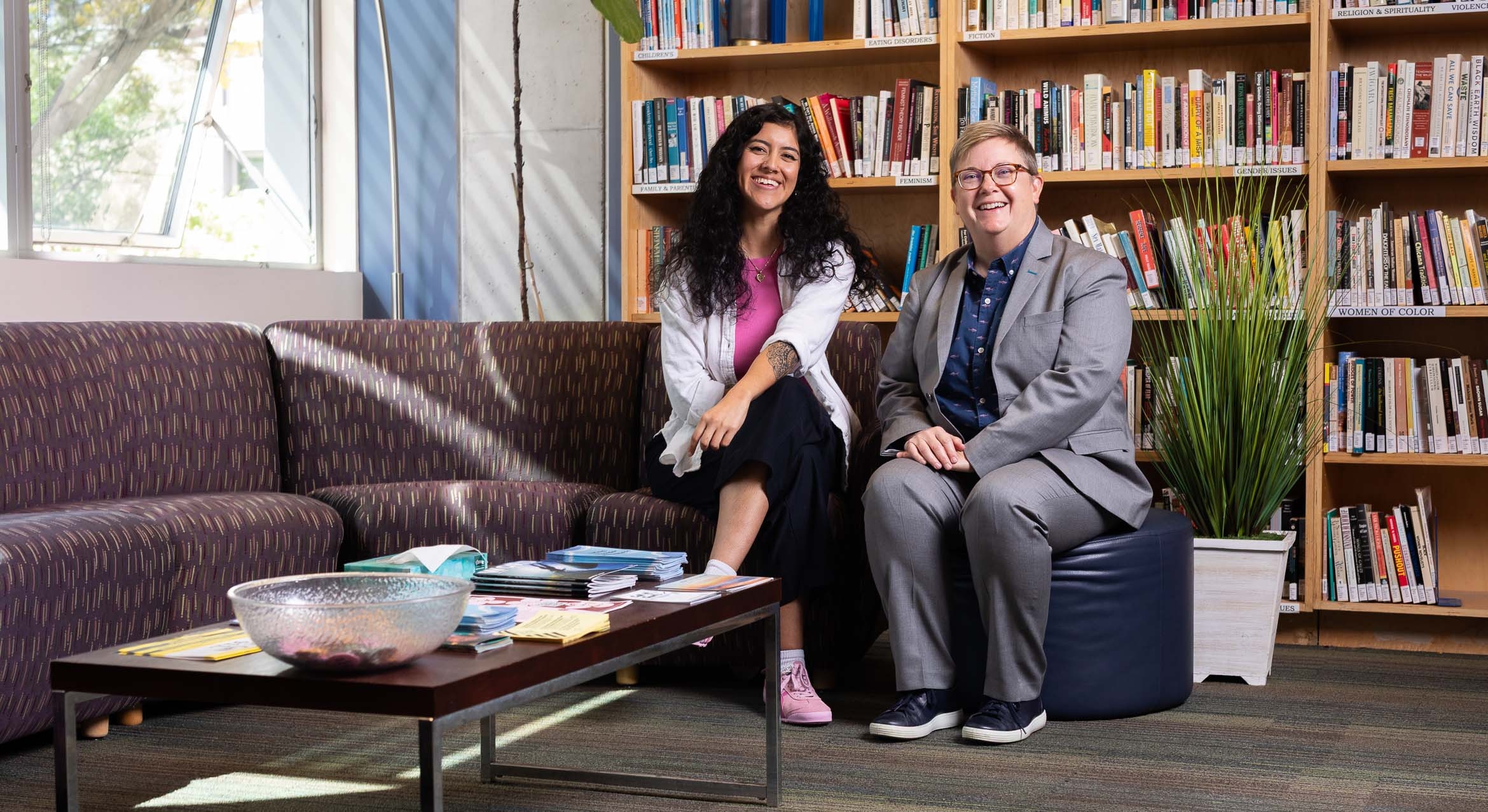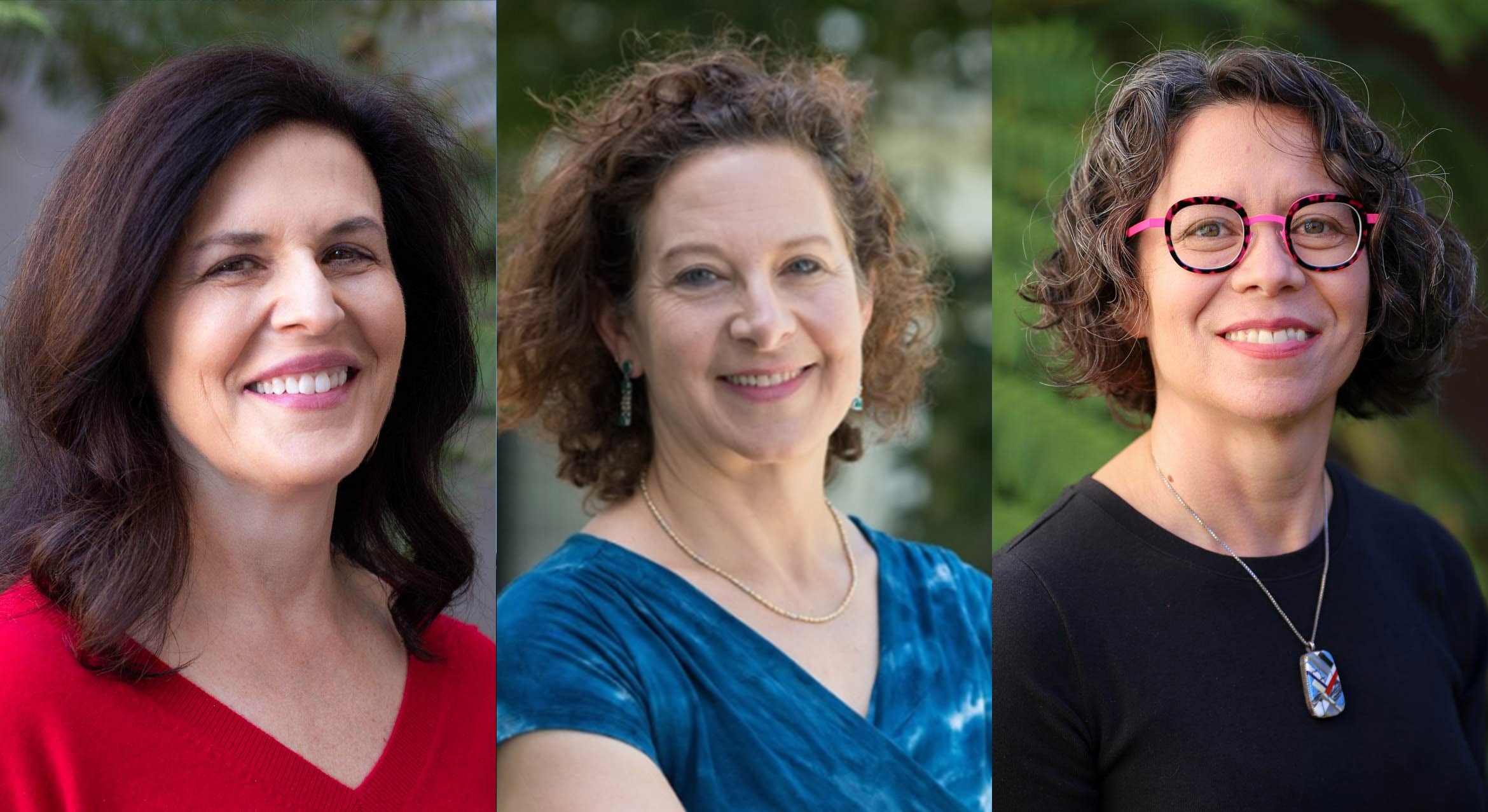‘A Great Endowment’



UC Santa Barbara continues to take great strides toward sustainability with a project that will ultimately provide solar energy to the student service buildings on campus and reduce reliance on grid-supplied electricity.
Over the summer, work crews have been on top of the multilevel 22 Parking Structure, near the campus’s Thunderdome, preparing the area for a major photovoltaic project. The plan is for 1,800 panels, each measuring roughly 5 feet long by 2½ feet wide and divided into two arrays, to be installed on the steel frame. The installation should take a few weeks to accomplish; the entire project is expected to be complete by Thanksgiving and generating power by December.
“This is a great endowment,” said Bill McTague, executive director of resource planning and information technology in the Department of Student Affairs. The $2.6 million project is paid for by funds raised from student fees. The solar panels will generate about 425 kilowatts, which is more than enough energy to power the nearby Student Resources Building (SRB).
“The power provided by this project will feed into the campus electrical grid and supplement approximately 3 percent of UCSB’s power demand on a typical sunny afternoon,” said Jordan Sager of the Department of Utility & Energy Services. “Energy generated will be allocated to Student Affairs facilities on campus and will offset a significant portion of the electricity usage of those facilities.”
Within about six months from the panels going on line, and coupled with additional energy-saving measures, the power generated is expected to be enough to offset the energy usage of other student-serving buildings as well, including Student Health and the Children’s Center.
The idea behind the project came from two Gauchos, Clayton Carlson and Michael Hewitt, in 2010. Both of them have since graduated, but in their time at UCSB, they had taken an interest in the future sustainability of the campus. Despite the lean years that followed the state’s recent economic hard times and subsequent budget cuts, their heavy campaigning resulted in a 10-year referendum on a forward-looking initiative that will ultimately generate around $4 million for renewable energy on campus.
“Mike and I pushed the renewable energy initiative as not only a way to get the campus to a more sustainable state but (to get it to) a more financially sustainable state as well,” said Carlson. “The thought was that the earmarked utility monies freed up as a result of the project would inherently be reinvested into Student Affairs services being adversely affected by the budget cuts.”
The buildings that the electrical power from these panels will serve are generally office-type buildings, with relatively light electricity usage, said McTague. In combination with retrofits and training people in more energy-efficient practices, each renewable kilowatt will go further, he said.
“As part of our agreement with the students, we are also looking at moving aggressively toward energy efficiency,” said McTague, “and so within the next six months, we will be retrofitting all of SRB with new LED lighting and integrated controls.” Not only will the photovoltaics provide excess power during the day but, he added, the solar cells will ensure a steady supply of electricity during those hot California days when Southern California Edison requires users to drop their power consumption via the grid during peak hours.
Further down the line, other buildings, including the Student Affairs and Administrative Services Building and Rec Center II (which is host to an existing 155-kilowatt photovoltaic system), could be fully powered with renewable energy. With about $2 million remaining for additional solar power, the goal is to put the seven student services buildings — a little more than 400,000 square feet — fully on renewable energy, sometime in the next three years.
“This is a wonderful grant from the students, and we’re pleased to have this long-term partnership with UCSB students,” said McTague. Other solar power projects on campus include the photovoltaic cells that power the lights on Henley Gate at the campus’s main entrance and the array atop the Bren School of Environmental Science & Management building.
The new solar panels couldn’t come at a better time. Electricity rates are expected to rise. UC President Janet Napolitano has also urged UC campuses to move toward more renewable energy. The more energy-intensive buildings on campus — including labs, server rooms and the like — will likely need offsite sources of renewable energy, said McTague, but the installation of these solar panels represents UCSB’s big push in the right direction.



